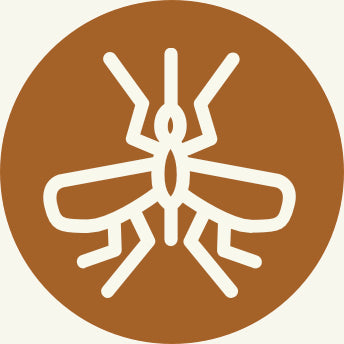Canine Parvovirus, commonly known as Parvo, is a highly contagious viral disease that affects dogs, especially puppies. It can have devastating effects on a dog's health if not properly addressed. In this blog, we will explore what the affects of Canine Parvovirus are, how to prevent it, and what to do if you come in contact with it.
What are the affects of Canine Parvovirus?
Canine Parvovirus primarily attacks the gastrointestinal tract and immune system of dogs. Symptoms of Parvo include severe vomiting, bloody diarrhea, lethargy, and loss of appetite. The virus can lead to dehydration, sepsis, and even death, especially in young puppies with weaker immune systems. It is crucial to seek veterinary care immediately if you suspect your dog has been infected with Parvo.
How to prevent Canine Parvovirus?
Prevention is key when it comes to Canine Parvovirus. The most effective way to prevent Parvo is through vaccination. Puppies should receive a series of vaccinations starting at 6-8 weeks of age, with boosters given every 3-4 weeks until they are 16 weeks old. Adult dogs should receive regular booster shots to maintain immunity. It is also important to avoid areas where infected dogs may have been, as the virus can survive in the environment for months.
What to do if you come in contact with Canine Parvovirus?
If you suspect that your dog has come in contact with Canine Parvovirus, it is essential to isolate them from other dogs to prevent the spread of the virus. Thoroughly clean and disinfect any areas where the infected dog has been, as the virus is resistant to many common disinfectants. Contact your veterinarian immediately for guidance on how to proceed and to provide supportive care for your dog.
Remember, early detection and treatment are crucial when dealing with Canine Parvovirus. By staying informed about the symptoms, prevention methods, and proper response to the virus, you can help protect your furry friend from this serious disease.

